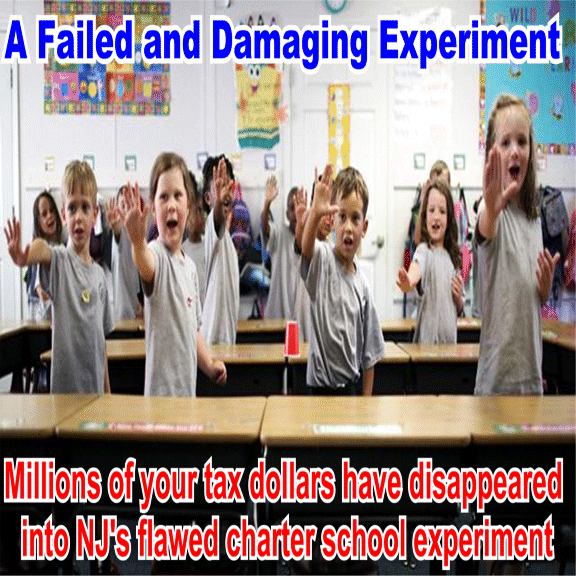Betsy DeVos vs. the disabled: What is wrong with this woman?
Lost amid the swirl of post-Mueller analysis and gloating, the Jussie Smollett case and Donald Trump’s renewed push to gut Obamacare, on March 26, Education Secretary Betsy DeVos went before a House panel to discuss her proposed 10% cut to her department’s overall budget. Along with cuts to school-improvement funding and the use of technology in the classroom, the administration proposes cutting $17.6 million in federal funding to the Special Olympics, suggesting programs like it would best be funded by private donors.
Oh, come on — the Special Olympics? What is wrong with this woman? Does it come naturally, or is she simply trying way too hard to be evil?
I can’t say I was terribly shocked to hear this. Even before she took office, DeVos made it abundantly clear she had a real problem with the disabled. Maybe we frighten her. Maybe we just make her a little uncomfortable. Maybe she considers us an unsightly burden. Who knows? Whatever the case, she clearly wishes we’d just go away. Lord knows she doesn’t want to turn on ESPN one Saturday and see a bunch of kids with Down’s Syndrome playing basketball.
While proposing major cuts to seemingly fundamental programs, she also proposed funneling another $60 million into her pet charter school program. That didn’t surprise me either.
One of the unspoken side effects of that plan is it could potentially leave disabled students out in the cold.
In theory, publicly funded but privately run charter schools are supposed to comply with the Americans with Disabilities Act (ADA) and the adjunct Individuals with Disabilities in Education Act (IDEA), the latter of which guaranteed accessibility and civil rights protection for disabled public school students.
Some charters do comply, others don’t. With DeVos, it’s apparently all about choice.
During her Senate confirmation hearing, Trump’s pick to become education secretary openly CONTINUE READING: Betsy DeVos vs. the disabled: What is wrong with this woman? - New York Daily News






















